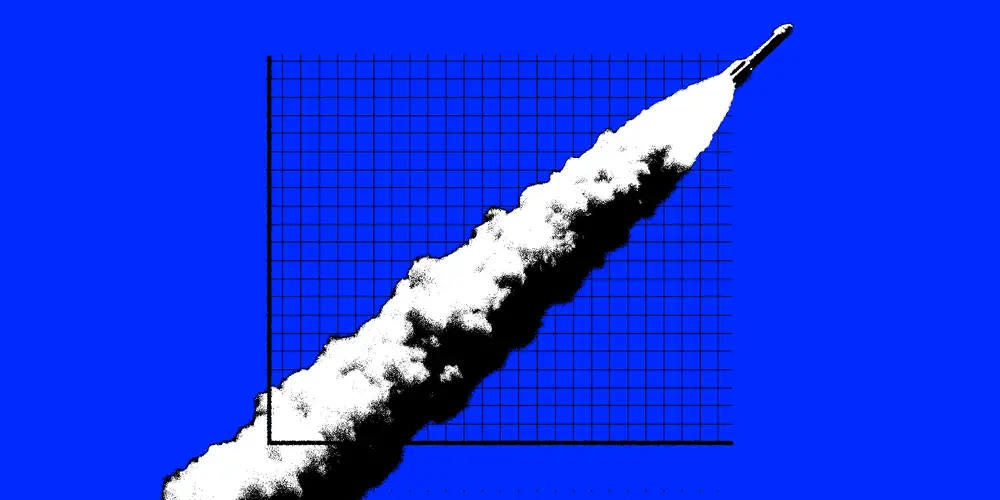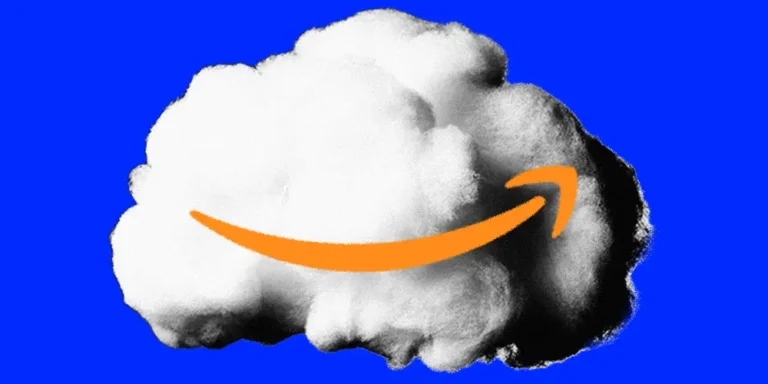Why the stock market’s AI trade came back to life this week

The stock market’s artificial intelligence trade was revived this week, with shares of AI stalwarts like Nvidia, Super Micro Computer, and Broadcom all soaring nearly 20%.
AI-related names and semiconductor shares were caught in a slump following Nvidia’s second-quarter earnings two weeks ago. Nvidia shares slid sharply after the company failed to meet sky-high expectations, which led to investors questioning how much further the AI trade could possibly run after a yearslong hot streak.
Questions about the return on the billions of dollars worth of investment into AI by big firms led to a sell-off in the wider space.
But the market staged a comeback this week as key players separately addressed some burning questions investors are asking about what to expect from big AI spend.
At midday on Friday, shares of Nvidia and Oracle were both 16% higher for the week, while Super Micro Computer stock was up 19%, and Broadcom rose 21%.
Helping to drive the week’s resurgence were Oracle cofounder, chairman, and billionaire investor Larry Ellison, along with Nvidia cofounder and CEO Jensen Huang.
Both executives addressed concerns about the return on investment for AI infrastructure spend, and investors seem to be taking their word for it.
Oracle’s Ellison: ‘This race goes on forever’
Oracle reported solid earnings after the market close on Monday, and on the earnings call, Ellison made a point to talk up the immense potential of artificial intelligence.
Talking about the sustainability of AI infrastructure spending trends, which have exploded in recent years, Ellison said it’s not going to stop.
“This race goes on forever, to build a better and better neural network. And the cost of that training gets to be astronomical,” Ellison said.
He added: “I think this is an ongoing battle for technical supremacy that will be fought by a handful of companies and maybe one nation-state over the next five years at least, but probably more like 10. So this business is just growing larger and larger and larger. There’s no slowdown or shift coming.”
Since those bullish comments, Oracle shares soared as much as 24% at their intraday peak on Friday.
At its analyst day on Friday, Oracle also gave investors long-term annual revenue guidance of $104 billion by 2029 with earnings per share set to grow more than 20% between now and then.
“This matched the bullishness the Company has been coyly hinting at for a number of months now; this was the upside to expectations that justifies continued multiple expansion, in our view,” KeyBanc analyst Jackson Ader said in a note.
According to Ellison, building an AI training model for cloud companies will cost upward of $100 billion.
“That’s over the next four, five years for anyone who wants to play in that game. That’s a lot of money, and it doesn’t get easier,” Ellison said.
That should be great news for Nvidia, which is the main supplier of AI-enabling GPU chips that cloud companies use to build their models.
Nvidia’s Huang: ‘You get a 10x savings’
At a Goldman Sachs conference on Wednesday, Nvidia CEO Jensen Huang was directly asked about concerns related to its customers’ return on investment in AI spending, and Huang gave a direct answer.
“The return on that is fantastic because the demand is so great that for every dollar they spend with us translates to $5 worth of rentals. And that’s happening all over the world and everything is all sold out,” Huang said of the cloud hyper scalers buying his company’s chips.
On top of that, Huang explained that could companies are seeing immense cost savings with Nvidia’s GPUs thanks to the computation inflation found with CPUs.
“You reduce the computing time by about 20 times, and so you get a 10x savings,” Huang said of running Nvidia’s GPU accelerators relative to traditional CPUs.
Shares of Nvidia have surged 12% since Huang took the stage at Goldman’s conference Wednesday morning.
The AI rally has spread throughout the tech sector this week, with semiconductor stocks seeing renewed interest and a nearly 10% surge.






